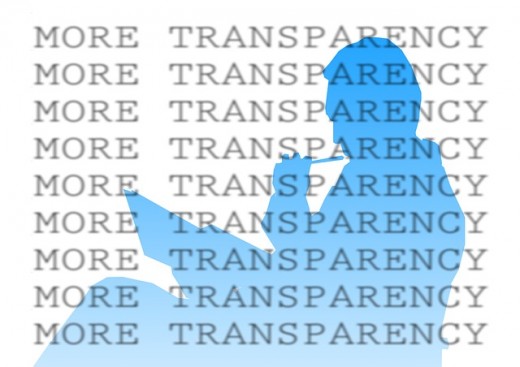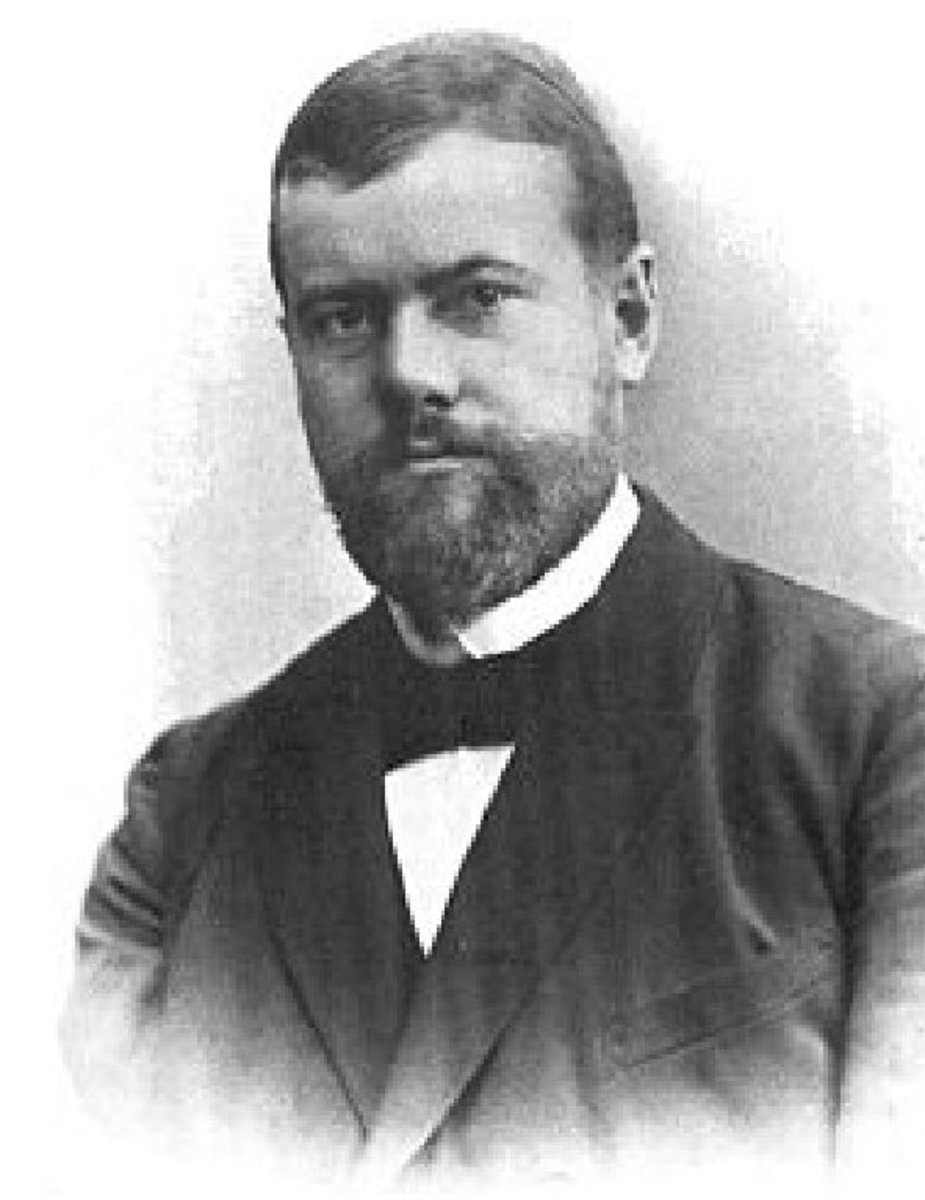Leadership and Diversity: Being Open is Hard!

Being Open is Hard
In a previous article, “Connecting Leadership to Diversity”, there were several things discussed that linked leadership to the concept of diversity. One of the concepts mentioned was “openness”.
Plain and simple: being open is hard.
It appears that people tend to toss around the term “openness”, sometimes to the point that it seems superficial. But, when you ask people how to be more open, the conversation abruptly stops. Telling someone they need to be more open is like telling someone to quit smoking. It’s easier said than done.
Today, there are many people in leadership positions, who are moving from a leadership/management-centric style to a more collaborative and relationship-based leadership style in the workplace. In fact, this style has the propensity to garner more followers. To build more followers in the current diverse workplace, being open could be the catalyst to a successful organization and an incredible professional gain for those who achieve this openness.
Moss, McFarland, Ngu and Kijowska (2007) indicates that openness is the degree to which people are curious about others and new experiences, reflective, have a good imagination, engage in unconventional thinking and the degree to which they accept diversity. Furthermore, as difficult as it may sound, leaders need to be able to “let go” to succeed in today’s environment (Li, 2010). This doesn’t sound very easy to do, and it takes people away from their area of comfort. It should. That’s a normal feeling.
Being a transparent, genuinely “real”, and authentic leader are qualities valued by followers. As Li (2010) indicates, being transparent, real, and authentic are bi-products of being open. You cannot obtain these qualifies unless you are willing to work on yourself to be deliberately open.

The following are ideas for you to consider as you become a more open person and open leader:
1. Let’s get one of the most difficult considerations out of the way first: Allowing yourself to be vulnerable. This doesn’t sound logical to a lot of people. Vulnerability refers to a risk of being hurt emotionally and can also mean that people are willing to accept that risk. This sounds incredibly scary. However, showing you are human and being comfortable with admitting your mistakes can even take some stress off of your shoulders. Everyone knows you aren’t bulletproof, so you don’t need to work so hard trying to prove that. Additionally, when you showcase your openness as a leader, you set a fine example other will want to follow. It makes the entire culture of people around you feel more comfortable with themselves and the team. They will be more willing to admit their mistakes and lack of knowledge in certain areas. In turn, this can build more competency and trust within your team.
When working deliberately on being open you are admitting that you don’t know everything, and you have something left to learn. Do you see how that can make you stronger as a leader? While allowing yourself to be vulnerable can be horrifying, it can also be the most empowering characteristic about your entire persona as a leader in the diverse workforce today.
2. Perception checking and minding your biases. Unfortunately, too often people tell us we shouldn’t judge people or make assumptions about others. How is that possible? It’s natural to pass judgment about people, places, and things. That is a major job of the brain’s frontal lobes…our logic and thinking center. In fact, making assumptions and passing judgment is how human beings survive. We make judgments all of the time. Should I walk to my car alone in the dark when I’m visiting a new place? Is it a good idea to use this daycare provider? Should I really hire this person to work here? We need to accept the fact that humans are emotional and logical creatures. We are going to judge people based off of our emotions and experiences.
But, our frontal lobes don’t only analyze information (judge/assume), frontal lobes provide us with rational thought too. It’s our “logic” center. Therefore, we can deliberately challenge our own judgments, assumptions and biases. Of course, we feel uneasy questioning ourselves. But, if you are truly working on being more open, you will need to put your biases into check. For instance, if you feel uneasy hiring someone you interviewed for a job, try to find the root cause of those feelings. It’s normal to assume, but jumping to conclusions about the person is different. Try to refrain from making immediate decisions based on your judgments. You may find your judgments or assessments about that individual are based on your own issues, not theirs. Take your time with this.

3. Stop. Force yourself to listen to others. If you’ve ever read research about listening and hearing, you know there is a difference. If you aren’t hearing impaired, you will hear things automatically. However, listening isn’t automatic. Listening is something we consciously do; it’s deliberate, and it’s cognitive. One major purpose of listening is to comprehend what the other person is saying. Then, beyond comprehending the language, we need to try to understand the message. It’s important to listen to the words and tone. The tone can change the message completely. As leaders, we need to stop talking…giving “our” answers. It’s helpful to “quiet the mind” and truly listen to the other person.
Remember, it’s normal to judge the other person. However, if you are genuinely listening to the other person, you will have the ability to make assumptions that are aligned with the communication from the other person. Sometimes, in an attempt to listen, you might want to repeat comments back to the other person to signify understanding. Some people are “hard of hearing” - - try to work diligently on not being “hard of listening”.
4. Ask Questions. Becoming a more open person takes time. You can’t take a college class, pass a test, and then be considered “open”. It’s a process. While you are going through the process, consider asking people questions even about random things at work, what they are doing and how they feel about certain things. When you ask other people questions, while you are not at the pinnacle of openness, you will appear more open to people. When you are in a leadership role you can empower your team by asking them questions. Asking questions can make them feel more confident, competent, and they may feel you are a more “approachable” leader. Asking questions is a powerful tool to use while you are working on becoming a more open leader in the diverse workforce today.

Other concepts to consider when working on becoming a more open leader:
- Learn new things – constantly.
- Be mindful of your emotions when you are watching, listening, and talking.
- Work on being very aware of your non-verbal language.
- Be present and mindful when people are talking to you. Steer away from multitasking when someone is talking to you. You will appear closed-off.
It can be a struggle to be open to others and still have control. As you grow more into an actual leadership role and not just a management role, you will be able to accomplish more openness within yourself and manage that process.
If you aren’t now, you will likely manage a staff of people who are different than you in some way. After all, it seems, the only thing we all have in common is that we are all different. When you showcase yourself as an open leader, a leader who is strong enough to admit mistakes, check your assumptions, listen to others (really listen) and to ask questions, you will find that you will be a very powerful influence on your team. You will not only be someone they want to model, but you will find that you are also building a culture of loyalty, job satisfaction, and ethical work practices.

About the Author
Dr. Kitty Brandal is an experienced independent trainer who has been training and teaching for over 20 years. She currently serves as a part-time instructor for college-level business courses and is the President of Corporate Compass Training and Development.
She has designed curriculum and taught various topics while serving in the U.S. Navy, working in higher education, and the corporate sector. Dr. Brandal earned a doctorate degree in Organizational Management and Leadership and is a Certified Stress Management Coach as well as a Reiki Master.
Dr. Brandal offers a variety of leadership development programs, to include: Diversity, Emotional Intelligence in the Workplace, Creativity and Innovation in the Workplace, First Time Supervisor Workshop, Communication, Dealing with Difficult People/Conflict and many others.
She is also an award-winning speaker with Toastmasters International and is a member of the Professional Speakers Guild.
Contact: president@corporatecompass.biz
Referneces
Li, C. (2010). Open Leadership: How Social Technology Can Transform the Way You Lead.San Francisco, CA: Jossey-Bass
Moss, S.A., McFarland, J., Ngu, S., Kijowska, A. (2007). Maintaining an open mind to closed individuals: The eVect of resource availability and leadership style on the association between openness to experience and organizational commitment. Journal of Research in Personality, 41, 259-275. doi:10.1016/j.jrp.2006.03.009






